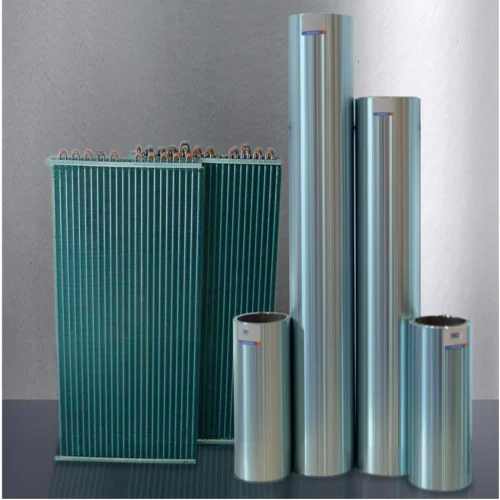What is Aluminum Foil for Pans? Aluminum foil for pans is a type of aluminum foil specially used for cooking, and it is usually thicker and stronger than ordinary household aluminum foil, and has better heat resistance properties. It is often used to cover the bottom or sides of pans to prevent food from sticking to or scorching, while also helping to maintain moisture and nutrients in food. Aluminium foil ...
Aluminum foil for packaging bag introduction Aluminum foil bags are also called aluminum foil bags or aluminum foil packaging bags. Because aluminum foil has excellent barrier properties and protective capabilities, it is widely used to package a variety of products. These foil bags are commonly used to preserve the freshness, flavor and quality of food, pharmaceuticals, chemicals and other sensitive items. ...
In addition to cigarette packaging, the applications of aluminum foil in the packaging industry mainly include: aluminum-plastic composite bags, pharmaceutical aluminum foil blister packaging and chocolate packaging. Some high-end beers are also wrapped in aluminum foil on the bottle mouth. Medical packaging Medicinal blister packaging includes medicinal aluminum foil, PVC plastic rigid sheet, heat-sealing pain ...
Parameters of aluminum foil for hairdressing Alloy: 8011 Temper: soft Type: roll Thickness: 9mic-30mic Length: 3m-300m Width: Custom Size Accepted Color: Customers' Request Treatment: Printed, Embossed Use: hair dressing Production: Hair Salon Foils, Hair Dressing Foil Main features and advantages of hairdressing foil: It is suitable for bleaching and dyeing h ...
What is Aluminum Foil for Condenser Fins Aluminum foil for condenser fins is a material used in the manufacture of condensers. A condenser is a device that cools a gas or vapor into a liquid and is commonly used in refrigeration, air conditioning, automotive and industrial applications. Fins are an important part of the condenser, and their function is to increase the cooling area and heat exchange efficiency, m ...
What is AC aluminum foil? Air conditioning aluminum foil, often called AC foil or HVAC foil, is a type of aluminum foil used in the heating, ventilation and air conditioning (HVAC) industry. Air-conditioning aluminum foil is usually used to make heat-conducting fins for air-conditioning heat exchange and air-conditioning evaporators. It is one of the important alloys used in air conditioning manufacturing raw ma ...
After printing and coating, aluminum foil paper and cash register paper need to be post-printed and slit on a slitting machine to cut large rolls of semi-finished products into the required specifications. The semi-finished products that run on the slitting machine are an unwinding and rewinding. This process includes two parts: machine speed control and tension control. The so-called tension is to pull the al ...
8011 aluminum foil is a common aluminum alloy material, which has received extensive attention and application due to its good performance and wide application fields. Below, we will introduce the characteristics and advantages of 8011 aluminum foil from various aspects. First of all, 8011 aluminum foil has excellent corrosion resistance. Aluminum foil itself has good oxidation resistance, and 8011 aluminum fo ...
Aluminum foil paper is almost a must-have item for every family, but do you know that besides cooking, does aluminum foil paper have any other functions? Now we have sorted out 9 usages of aluminum foil paper, which can clean, prevent aphids, save electricity, and prevent static electricity. From today, don’t throw away after cooking with aluminum foil paper. Using the characteristics of aluminum foil paper will ...
Anodized Aluminum Foil Overview Anodized aluminum foil is aluminum foil that has been anodized. Anodizing is an electrochemical process in which aluminum foil is immersed in an electrolyte solution and an electric current is applied. This causes oxygen ions to bond with the aluminum surface, forming a layer of aluminum oxide. It can increase the thickness of the natural oxide layer on the aluminum surface. This ...
1. Chemical composition: The alloy grades of aluminum foil for heat exchange fins mainly include 1100, 1200, 8011, 8006, etc. From the perspective of use, air conditioners do not have strict requirements on the chemical composition of aluminum heat exchange fins. Without surface treatment, 3A21 aluminum alloy has relatively good corrosion resistance, high mechanical properties such as strength and elongation, ...
In the production process of aluminum foil, there are multiple processes such as rolling, finishing, annealing, packaging, etc. The interlocking production process, any problem in any link may cause aluminum foil quality problems. The quality defects of the purchased aluminum foil products will not only affect the appearance, but also directly affect the quality of the products produced, and even more directly ca ...








